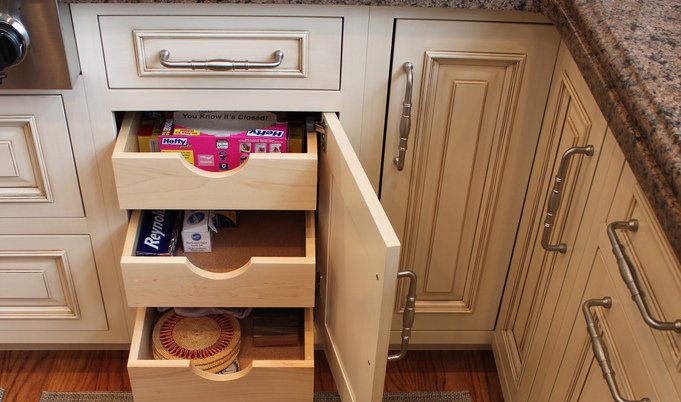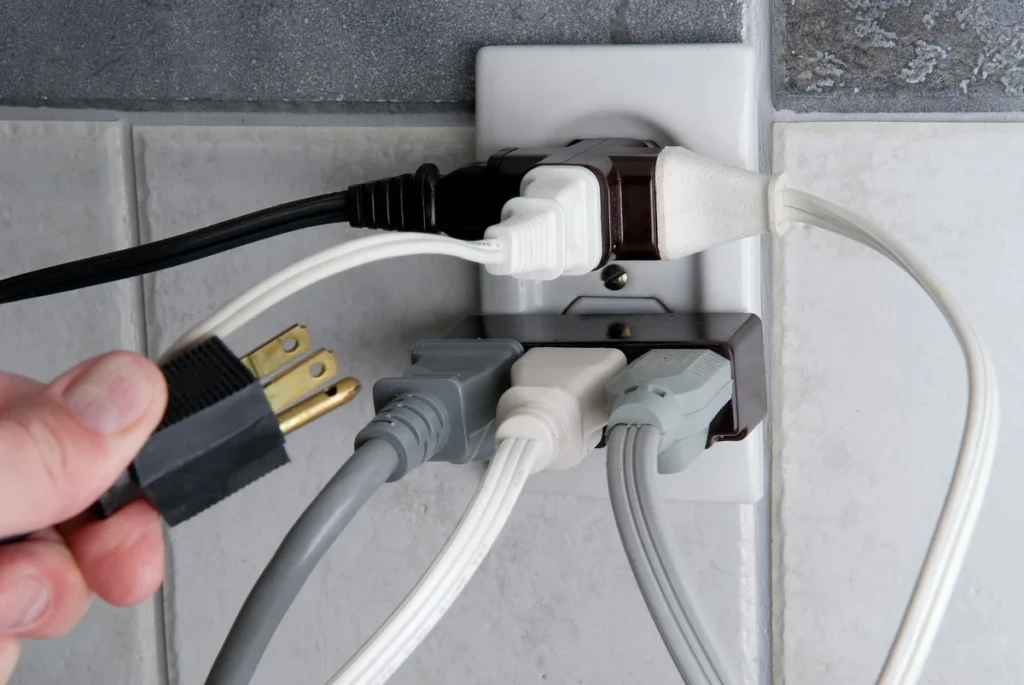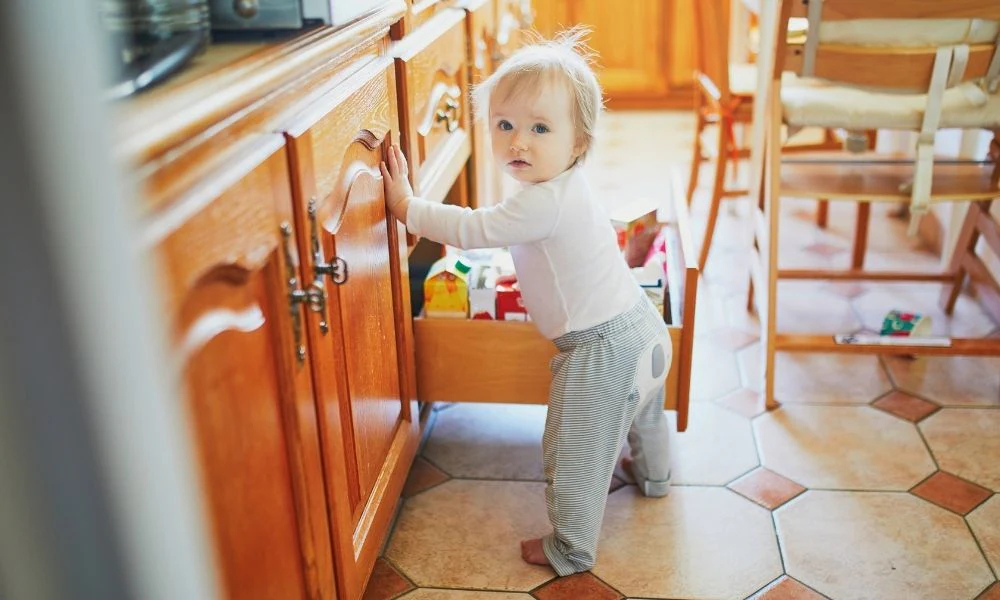Estimated reading time: 4 minutes
Last updated on August 15th, 2025 at 06:02 am
When babies start to move around independently, they need a safe arena. Accidents happen all the time, but lots of them are preventable by baby-proofing around the common areas. Before they start to crawl or walk, do a thorough assessment of your house and highlight areas of concern. Then, you will understand the key areas that need to be made safer. If you are struggling to make sense of what needs to be done, this is a helpful guide to the baby proofing essentials.
Storing Hazardous Consumer Products
Anything that might pose a threat to the infant should be locked away tight. This includes hazardous materials. Lots of products make this list but the most important ones are:
- All types of medication. Put them up high and lock them in a cupboard. Despite the child-proof seal on most types of bottles, there is still a chance this will fail and the consequences are not worth the risk.
- Cleaning materials, especially bleach and corrosive ones. All the products used to clean around the house such as disinfectants and air fresheners need to stay far away. They are usually in bright packaging, and easy to spray or squeeze, but they are seriously dangerous for children.
- Bathroom items like razors, haircare products, and similar are all common items that are left around. They all pose a threat to babies and small children, so, much like medicine and cleaning products, they need to be stored out of reach where they can’t cause problems.
Restricting Access to Cupboards and Drawers

If you don’t have the option of putting things higher up, cupboard and drawer locks are the next best option. It is sensible to install these anyway to stop a small child from being able to access kitchen cabinets and therefore, sharp knives. Cupboard and drawer locks come in a variety of formats from magnets to catches, are easy to install, and don’t cost too much for the initial purchase.
Installing Stair Gates
Stair gates sit at the bottom and top of staircases most commonly, though they can also be used to stop access to rooms as well. Stairs are a fairly obvious risk for crawling and walking infants or toddlers as it takes a while for children to develop both awareness and the necessary dexterity to successfully navigate walking up and down safely.
Managing Electrical Outlets

The majority of modern domestic outlets are equipped with safety precautions already in place, but that doesn’t mean there is a lack of value in teaching or practicing awareness in this area. It is still not advisable to stick tiny fingers into outlets, therefore where there is open access or risk of exposure, cover them up. The best way to do this is through a wall box that goes over the outlet and has a child safety catch.
Firearm Safety
Where there are firearms kept on the property, they must be stored in an extremely secure location. Not only is it vital that you lock up your ammo behind a literal lock and key, or preferably a safe, but the weapon itself must be stored unloaded, and with the safety on. There should be no chance at all that a child could pick it up and accidentally set it off. The consequences of not doing so are potentially devastating.
Corner Protectors
Corner protectors go on the edges of sharper furniture. The point of them is to prevent accidents from occurring for toddlers running about. It is all too easy to run straight into the corner of the table a busy and distracted child!
Baby-proofing can be a fun activity that grants irreplaceable peace of mind to parents. It is something worth doing to add a layer of safety for kids.



